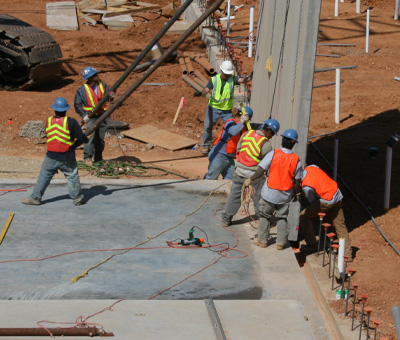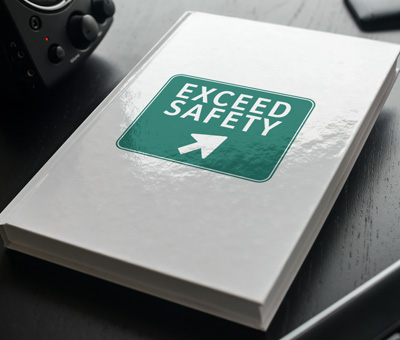When it comes to workplace safety, silica and the disease it causes, silicosis, have emerged as focal points of discussion among safety professionals, often bordering on alarm. Before misconceptions are dismissed or overstated, a dive into the history of silica as a recognized hazard and the fluctuation of its perceived threat is warranted.
The Historical Journey of Silicosis Recognition
Originating from the Latin word silex, meaning flint, the term “Silicosis” was first coined in 1870 by Achille Visconti, a Milanese prosector. However, the adverse effects of inhaling certain dusts were acknowledged as far back as ancient Greece and Rome. Notable mentions include Georgius Agricola’s 16th-century writings on miner’s lung ailments and Bernardino Ramazzini’s 1713 observations of asthmatic symptoms in stone cutters. The advent of the pneumatic hammer drill in 1897 and sandblasting around 1904 marked a significant rise in silicosis cases, a trend that continued into the 20th century and the industrial revolution.
By 1938, the U.S. Department of Labor, recognizing the growing threat, produced the film “Stop Silicosis.” Fast forward to February 4, 2020, OSHA initiated a National Emphasis Program on Respirable Crystalline Silica, marking a significant regulatory step towards mitigating silica exposure risks.
Despite over five centuries of knowledge, myths and misconceptions about silica persist, sometimes even within the environmental health and safety community. This underscores the need for constant vigilance and education to dispel inaccuracies and ensure the safety of workers.
A Personal Encounter with Silica Myths
My recent involvement in OSHA Consultative Services site walks for a client—a very safety conscious wall and drywall contractor—highlighted the prevalence of silica misconceptions. Encounters with OSHA consultants and Industrial Hygienists (IHs) revealed a common misunderstanding about the hazards of silica exposure in construction activities, such as drilling into concrete masonry units without proper dust mitigation equipment.
Further confusion arose during discussions about silica mitigation in drywall operations. Despite initial resistance, research, including an OSHA letter of interpretation and a CDC study, supported our position that drywall sanding does not exceed the action level for silica exposure, illustrating the importance of evidence-based practices in safety management.
The Undeniable Risks of Silica Exposure
While myths persist, the genuine hazards of silica exposure cannot be understated. The CDC outlines several serious diseases linked to respirable crystalline silica, including lung cancer, chronic obstructive pulmonary disease (COPD), kidney disease, and autoimmune disorders. Awareness and protective measures are crucial for safeguarding worker health.
For more information on how to protect yourself and your employees from silica exposure, visit OSHA’s Table for Silica Exposure Control.
In Conclusion
The discussion around silica in the workplace necessitates a balanced approach—one that acknowledges the historical context of silicosis, combats myths with facts, and underscores the importance of proactive safety measures. As safety professionals, our role is not only to educate and advocate for best practices but also to remain open to new information that challenges preconceived notions, ensuring a safe work environment for all.
About the Author
Dave Bittner, CHST, C-MESH, is the Director of Accountability, Value, and Engagement at Exceed Safety, boasting over 20 years of diverse experience across the Biohazardous Waste, Construction, and Wellness industries. His extensive certifications, including OSHA and HAZWOPER, highlight his commitment to safety and health. Passionate about elevating physical wellbeing within the safety equation, Dave aims to revolutionize the client experience by drawing on his rich background to exceed expectations and foster a safer work environment.









